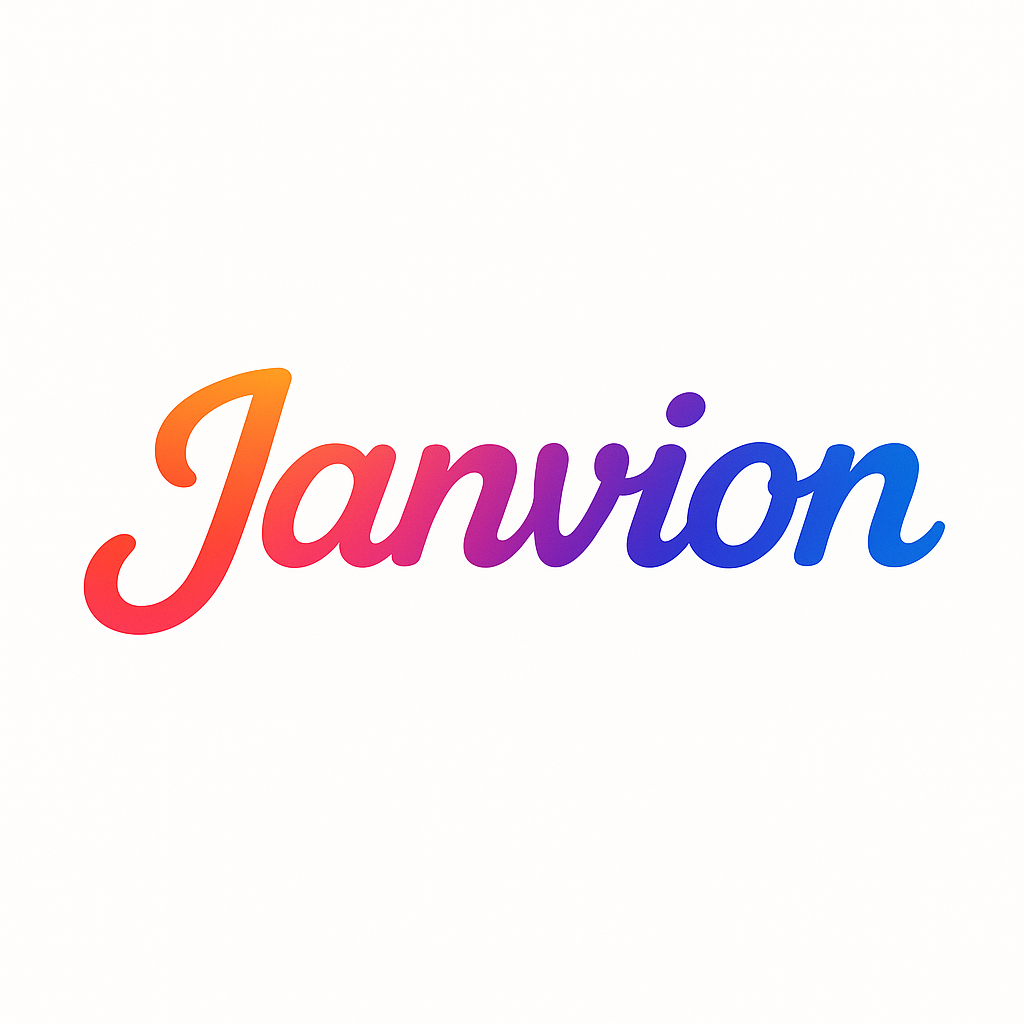In the fiercely competitive landscape of modern business, a thriving sales department is not a matter of luck, but the direct result of deliberate planning and the consistent implementation of key strategic elements. It’s an intricate ecosystem where talent, process, technology, and culture converge to convert market opportunities into tangible revenue. Without a mastery of these foundational components, even the most innovative products or services can struggle to find their market.
We delves into the critical elements that form the backbone of a successful sales department, providing insights into how organizations can cultivate an environment conducive to sustained growth, high performance, and unwavering customer loyalty.
1. Strong Leadership & Culture: Setting the North Star
The success of a sales department often mirrors the quality of its leadership and the vibrancy of its culture. Leaders don’t just manage; they inspire, coach, and guide. A strong sales culture fosters resilience, collaboration, and a relentless pursuit of customer value.
- Visionary Leadership: Effective sales leaders define a clear vision, set ambitious yet achievable targets, and communicate a compelling strategy. They are coaches, mentors, and strategists, focusing on individual rep development and team cohesion. They cultivate an environment of continuous learning and adaptability.
- Empathetic Coaching: Beyond just hitting numbers, great leaders understand individual strengths and weaknesses, providing personalized coaching to improve skills, overcome challenges, and build confidence.
- Positive & Resilient Culture: Sales can be demanding. A culture that celebrates wins, learns from losses, promotes healthy competition, and encourages mutual support is vital for morale and retention. A customer-centric culture ensures every interaction aims to solve problems, not just close deals.
- Accountability & Transparency: Clear expectations, consistent feedback, and transparent performance metrics build trust and ensure everyone understands their role in achieving collective goals.
2. Clear, Defined Sales Process: The Roadmap to Revenue
Chaos is the enemy of efficiency. A successful sales department operates with a clearly defined, repeatable sales process that guides prospects from initial engagement through to becoming loyal customers. This process provides structure, predictability, and a common language for the entire team.
- Buyer-Centric Stages: The process must be aligned with the modern buyer’s journey, recognizing that buyers often conduct extensive research before engaging with sales. Stages should reflect the buyer’s progression (e.g., Awareness, Consideration, Decision) rather than just internal sales activities.
- Defined Entry & Exit Criteria: Each stage should have clear criteria that a lead must meet to advance to the next, ensuring consistency in qualification and pipeline accuracy.
- Specific Activities & Responsibilities: For each stage, outline the specific actions sales reps should take, the content they should use, and the questions they should ask. Assign clear responsibilities for both sales and marketing at each transition point.
- Predictability & Scalability: A repeatable process allows for accurate sales forecasting, helps onboard new reps more quickly, and provides a framework for scaling sales operations efficiently.
- Continuous Optimization: The process should not be static. Regular review and optimization, based on performance data and market feedback, are essential to keep it agile and effective.
3. Effective Training & Development: Investing in Human Capital
The skills required for sales are constantly evolving, driven by new technologies, changing buyer behaviors, and emerging market trends. A successful sales department invests heavily in continuous training and development for its entire team.
- Comprehensive Onboarding: New hires need structured onboarding that covers product knowledge, company culture, sales processes, and technology tools.
- Core Sales Methodologies: Training on established methodologies like SPIN Selling, Challenger Sale, MEDDIC, or Sandler can provide a common framework for customer engagement.
- Product & Industry Expertise: Sales reps must be experts in their company’s offerings and the broader industry landscape to effectively advise prospects.
- Soft Skills & Communication: Training in active listening, empathy, negotiation, objection handling, storytelling, and virtual presentation skills is crucial.
- Technology Proficiency: Ensuring reps are adept at using CRM, sales engagement platforms, and other tools to maximize efficiency.
- Ongoing Coaching & Workshops: Regular one-on-one coaching, role-playing exercises, and team workshops ensure skills are continually honed and adapted. This commitment to development not only boosts performance but also significantly impacts rep retention.
4. Robust Sales Technology & Tools: The Digital Toolkit
In today’s data-driven world, technology is no longer an optional accessory; it’s a fundamental enabler of sales success. A well-integrated tech stack empowers sales teams to be more efficient, effective, and insightful.
- CRM (Customer Relationship Management) System: The cornerstone of any sales operation (e.g., Salesforce, HubSpot, Zoho CRM). It’s the central repository for all customer data, allowing for pipeline management, activity tracking, accurate forecasting, and customer history.
- Sales Engagement Platforms (SEPs): Tools like Outreach or SalesLoft automate multi-channel outreach sequences (email, calls, social touches), track engagement metrics, and ensure consistent follow-up, boosting productivity.
- Conversation Intelligence Platforms: Tools like Gong or Clari use AI to analyze sales calls, providing actionable insights into successful selling techniques, common objections, and coaching opportunities.
- Lead Intelligence & Prospecting Tools: Platforms like ZoomInfo or Apollo.io provide enriched contact data, firmographics, and technographics to help reps identify and qualify leads more effectively.
- Sales Enablement Platforms: Central repositories for sales collateral, playbooks, battlecards, and training materials, ensuring reps have access to the right content at the right time.
- Integration: The true power lies in how these tools integrate seamlessly, sharing data and insights to create a unified view of the customer and streamline workflows.
5. Sales & Marketing Alignment: The Unified Revenue Engine
The historical divide between sales and marketing is a significant impediment to growth. A truly successful sales department works in lockstep with marketing, viewing themselves as two sides of the same revenue-generating coin.
- Shared Goals & KPIs: Both teams should have common objectives, such as pipeline contribution and revenue targets, rather than isolated metrics.
- Defined Lead Definitions: Clear, agreed-upon definitions for Marketing Qualified Leads (MQLs) and Sales Qualified Leads (SQLs) ensure quality handoffs and minimize friction.
- Integrated Technology Stacks: Ensuring CRM and marketing automation platforms communicate effectively to provide a complete view of the customer journey.
- Consistent Messaging: Marketing develops content that resonates with sales pitches, and sales provides feedback on what resonates with prospects.
- Regular Communication: Joint meetings, feedback loops, and collaborative planning sessions foster understanding and problem-solving. This “smarketing” approach optimizes the entire revenue funnel.
6. Strategic Compensation & Incentives: Motivating Peak Performance
Compensation is a powerful lever for driving desired sales behaviors and attracting top talent. A well-designed compensation plan goes beyond just salary; it aligns individual performance with company objectives.
- Fair Base Salary & Commission Structure: A competitive base salary provides security, while commission structures should directly reward sales achievements (e.g., tiered commissions, accelerators for exceeding quota).
- Alignment with Business Goals: Incentives should encourage the types of sales that best serve the company’s strategic objectives (e.g., net new logos, expansion revenue, specific product lines).
- Transparency & Clarity: Reps must clearly understand how they earn money and how their performance is measured.
- Non-Monetary Incentives: Recognition programs, professional development opportunities, career advancement paths, and team celebrations also play a vital role in motivation and retention.
- Regular Review: Compensation plans should be reviewed annually to ensure they remain competitive, fair, and aligned with evolving company goals.
7. Data-Driven Performance Metrics & Analytics: The Compass for Improvement
Successful sales departments are obsessed with data. They measure, analyze, and iterate based on clear performance metrics, turning raw numbers into actionable insights.
- Key Performance Indicators (KPIs): Beyond just closed revenue, track metrics like:
- Lead-to-Opportunity Conversion Rate: How many leads become qualified opportunities.
- Sales Cycle Length: Average time from first contact to close.
- Win Rate: Percentage of opportunities won.
- Average Deal Size: The average revenue per won deal.
- Pipeline Coverage: The ratio of pipeline value to target quota.
- Activity Metrics: Number of calls, emails, meetings per rep.
- Customer Acquisition Cost (CAC) & Customer Lifetime Value (CLTV): Understanding the economics of each sale.
- Robust Reporting & Dashboards: Regular, accessible reports provide real-time visibility into individual and team performance, pipeline health, and forecasting accuracy.
- Performance Reviews & Coaching: Data should drive coaching conversations, identify areas for improvement, and inform strategic adjustments.
- Predictive Analytics: Leveraging data to forecast future sales trends and anticipate challenges.
8. Unwavering Customer Focus: Building Enduring Relationships
At its heart, successful sales is about serving the customer. A truly high-performing sales department places the customer at the center of every strategy and interaction.
- Deep Understanding of Needs: Sales reps are skilled at active listening and asking probing questions to uncover the prospect’s true pain points and strategic objectives.
- Consultative Selling: Positioning oneself as a trusted advisor who offers solutions, rather than just a vendor pushing products.
- Ethical Practices: Operating with integrity, transparency, and honesty builds long-term trust and a strong brand reputation.
- Post-Sale Engagement: Ensuring smooth transitions to customer success, continuing to add value, and fostering relationships that lead to renewals, upsells, and invaluable referrals.
- Feedback Loops: Actively gathering customer feedback and ensuring it flows back to product, marketing, and service teams for continuous improvement.
Conclusion
A successful sales department is a complex yet highly functional entity, built on a foundation of strong leadership, meticulous processes, empowering technology, a culture of excellence, and an unyielding focus on the customer. These eight key elements are not independent silos but interconnected pillars that collectively support and amplify revenue generation. By prioritizing and continuously optimizing each of these components, businesses can cultivate a sales force that not only meets but consistently exceeds its targets, driving sustainable growth and establishing enduring market leadership. Investing in these elements is not an expense; it is the most strategic investment a company can make in its future.




